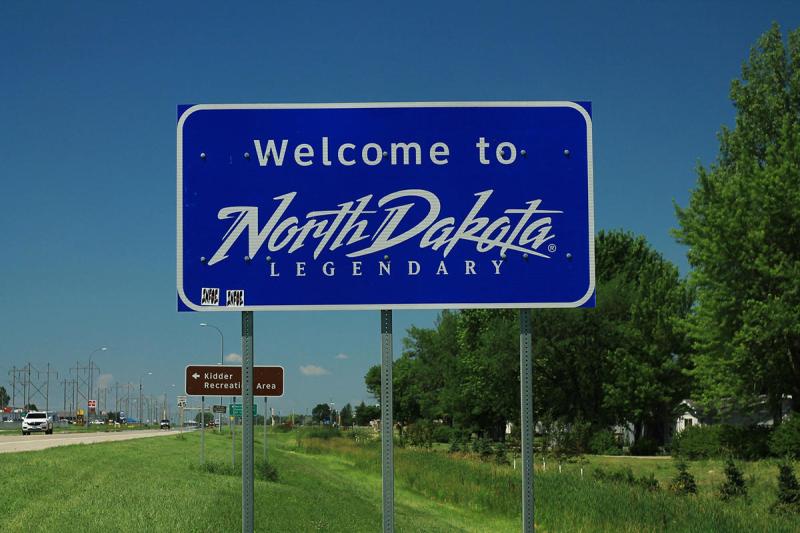What is the Difference Between a Golf Cart and LSV?
A low-speed vehicle (LSV) can reach speeds of up to 35 miles per hour. By law, it requires a vehicle identification number (VIN). Additionally, these units come with standard features, such as rearview mirror, turn signals, headlights, and more. The law requires all LSVs to display a speed limit (35mph) sticker. Unlike golf carts, LSVs are classified as vehicles.
An LSV requires registration by the FMVSS to operate on public roads. Owners must take out insurance for these types of vehicles and receive certification before registration.
On the other hand, golf carts typically operate as recreational vehicles on golf courses. As can be expected, restrictions limit their use making it illegal to operate a cart on highways. This is the case unless crossing a major road momentarily in a perpendicular direction. The speed applicable limit to golf carts is 20mph.
What are the Golf Cart Laws for the State of North Dakota?
North Dakota golf cart laws stipulate that drivers of carts should be 16 years of age or above. Although residents can drive a golf cart on city streets, the operation of the cart is only permissible during the daytime. The law does not permit driving beyond the area between the golf course and the golf cart owner’s home.
Operation on state highways is strictly prohibited. The same applies to any shoulder or slope of road that lies in an area within a controlled-access highway. Exemptions apply in the event of emergencies.
Carts do not require any equipment provisions or registration. Class III off-highway vehicle requires a driver’s license and the operator cannot exceed the listed speed limit.
When it comes to driving under the influence of alcohol or any controlled substance, individuals can be charged for DUI. On the other hand, owners of golf carts will be liable if an underage driver is involved in an accident.
What are the LSV Laws in the State of North Dakota?
Low-speed vehicles should have the required equipment, such as reflex reflectors, signal lamps (for both rear and front), headlamps, a windshield, brakes (including for parking) and stop lamps. This type of vehicle also requires safety belts, rearview mirrors, taillamps, and a vehicle identification number.
According to LSV laws in North Dakota, individuals must be 16 years of age or over to drive. Although driving an LSV at nighttime is illegal, the law does impose restrictions on where owners can drive. However, individuals must hold a valid driver’s license when operating an LSV.
These vehicles should not be driven while intoxicated. Doing so constitutes driving under the influence (DUI) offense. Allowing anyone under the age of 16 to operate an LSV creates the risk of liability if the minor is involved in an accident. Meanwhile, owners should ensure that the LSV does not exceed the stipulated maximum weight — 1,500 pounds (680.39 kilograms).
What You Need for the Department of Motor Vehicles to Register an LSV
Low-speed vehicles need to undergo inspection and certification by an accredited entity. This helps verify that the vehicle complies with the relevant state laws before the issuance of title or registration with the Department of Transportation. If the vehicle passes inspection, LSV owners will be issued with signed documentation.
The documentation is required by the DMV for the registration process. The LSV must comply with the requisite equipment requirements. Some of the electronic equipment that is checked during the inspection include the speedometer, headlamp, tail lamp, brake lights, the horn, and the odometer. These components play a major role in qualifying the vehicle to defined classes.
Summary
North Dakota golf cart laws provide guidelines on the proper use of off-highway vehicles. They also stipulate specific requirements regarding equipment for low-speed vehicles. Owners should also consider the risk of liability when permitting an underage driver to operate the vehicle in private or public spaces.
The laws also compel all drivers to carry a valid driver’s license while operating a golf cart or LSV. With golf carts, it is important to avoid driving in areas that are not close to the golf course or place of residence. On the other hand, driving at night is not an option for both LSVs and golf carts.



